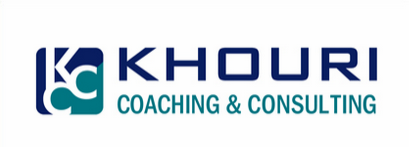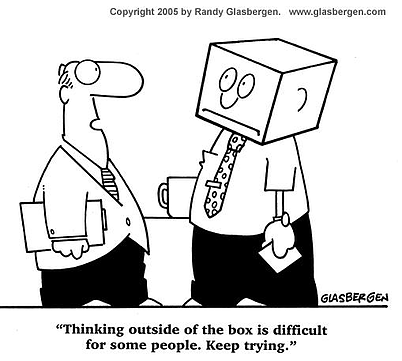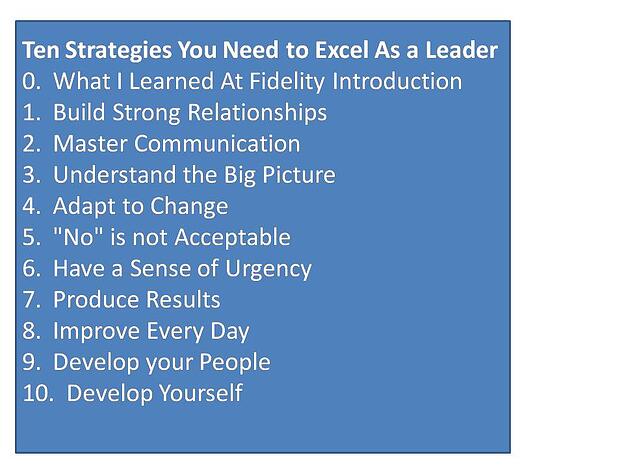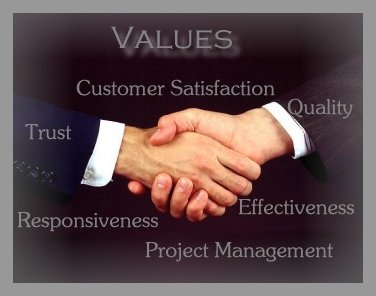Develop Your Team Members. Bob Reynolds, the former Vice Chairman of Fidelity, in an address to senior executives said, "I see it as a failure of our company when we need to hire leaders from outside." It was a message to all of us in the room that part of our job was developing the next generation of leaders. As a leader, a big part of your job is doing exactly that. Block the time to do it!
Here is a five step process you can follow with your team members to begin the leadership development process.
- Identify with each person their strengths, and one specific area for improvement.
- Look for assignments that will leverage the strengths and help stretch the improvement opportunity.
- Help them find the right resources to support those areas -- training, articles, other mentors.
- Be a coaching leader. Provide timely positive and constructive feedback, be supportive, and spend time with them to encourage their growth.
- Monitor by discussing progress in your 1:1s and observing yourself.
Develop Yourself. "Of all the things tha t can have an effect on your future, I believe personal growth is the greatest. We can talk about sales growth, profit growth, asset growth, but all of this probably will not happen without personal growth." -- Jim Rohn.
t can have an effect on your future, I believe personal growth is the greatest. We can talk about sales growth, profit growth, asset growth, but all of this probably will not happen without personal growth." -- Jim Rohn.
So here is a process you can follow to work on your own self development:
- Clarify and fully understand the organization objectives so that whatever you do aligns with those objectives.
- Gather information. Ask for feedback (manager, peers, associates) on what is going well, and what you can do to improve.
- Based on the feedback, set 1-2 goals for improvement -- leverage your strengths, improve your weaknesses.
- Get a team in place that you can rely on to help you monitor progress on your own goals.
A good executive coach can help you with this process.
Don's Coaching Questions:
- How much time are you spending weekly on staff development?
- How much time do you spend relfecting and on personal development?
- How can you ask for feedback on how you are doing as a leader?



 t how to do it, whatever it is. As a software solutions provider, my teams knew it was never acceptable to tell our customers, "no, we can't do it". Rather, it was a discussion about priorities, or a trade-off between time and other factors. A good software project manager will prioritize the following items as part of the project start-up process: time, quality, cost, and functionality.
t how to do it, whatever it is. As a software solutions provider, my teams knew it was never acceptable to tell our customers, "no, we can't do it". Rather, it was a discussion about priorities, or a trade-off between time and other factors. A good software project manager will prioritize the following items as part of the project start-up process: time, quality, cost, and functionality.  ge or allow it to manage you. When you see it coming, ask questions, understand it, offer your input, and provide pertinent information that will help make the change better (for you, for your team, and for the organization). I used to love the idea of change at Fidelity, whether I was initiating it or responding to it, because it was an opportunity for me to share what my team was doing, how they were contributing, and it was usually a way for us to better align with the company.
ge or allow it to manage you. When you see it coming, ask questions, understand it, offer your input, and provide pertinent information that will help make the change better (for you, for your team, and for the organization). I used to love the idea of change at Fidelity, whether I was initiating it or responding to it, because it was an opportunity for me to share what my team was doing, how they were contributing, and it was usually a way for us to better align with the company. 

 ic relationships is a critical skill in furthering one's success; one that I encourage you to learn and executive effectively. It is an especially vital and important skill for leaders to acquire. One technology executive shared the following words of wisdom with me; I have never forgotten them. "When you have strong relationships, big issues become small ones, and when you have weak relationships, small issues become big ones."
ic relationships is a critical skill in furthering one's success; one that I encourage you to learn and executive effectively. It is an especially vital and important skill for leaders to acquire. One technology executive shared the following words of wisdom with me; I have never forgotten them. "When you have strong relationships, big issues become small ones, and when you have weak relationships, small issues become big ones."